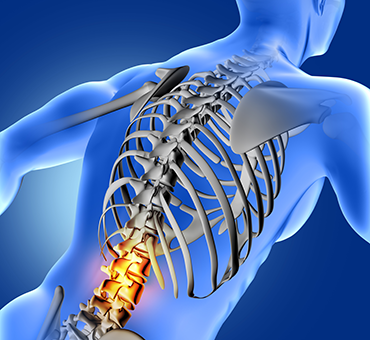
This article was published on: 03/6/19 5:13 AM
Laminectomy is surgery that creates space by removing the lamina which is the back part of a vertebra that covers your spinal canal. This is most common with people who have arthritis in their spines caused by bony overgrowths. These overgrowths are sometimes referred to as bone spurs, which is a normal side effect of the aging process in some people. Laminectomy could also be recommended by a surgeon if symptoms are severe or worsening dramatically. Laminectomy is generally a safe procedure, but complications such as bleeding, infection, blood clots, nerve injury, the spinal fluid leak could occur.
Bony overgrowths within the spinal canal could narrow the space available for your spinal cord and nerves. This pressure could cause pain, weakness or numbness that could radiate down your arms or legs. Laminectomy restores spinal canal space but is not the cure of arthritis, it more reliably relieves radiating symptoms from compressed nerves.
Your surgeon would recommend laminectomy if a conservative treatment, such as medication or physical therapy, fails to improve your symptoms and in case you have muscle weakness or numbness that makes standing or walking difficult.
Surgeons usually perform laminectomy using general anesthesia, so you’re unconscious during the procedure. The surgical team monitors your heart rate, blood pressure and blood oxygen levels throughout the procedure. After you’re unconscious and can’t feel any pain.
The surgeon makes an incision in your back over the affected vertebrae and moves the muscles away from your spine as needed. Small instruments are used to remove the appropriate lamina. The size of the incision may vary depending on your condition and body size. Minimally invasive surgeries typically use smaller incisions than those used for open procedures.
After surgery, you’re moved to a recovery room where the health care team watches for complications from the surgery and anesthesia. You may also be asked to move your arms and legs. Your doctor may prescribe medication to relieve pain at the incision site. Depending on the amount of lifting, walking and sitting your job involves, you may be able to return to work within a few weeks. If you also have a spinal fusion, your recovery time will be longer.
Most people report measurable improvement in their symptoms after laminectomy, particularly a decrease in pain that radiates down the leg or arm. But this benefit may lessen over time if you have a particularly aggressive form of arthritis. Laminectomy is less likely to improve pain in the back itself.